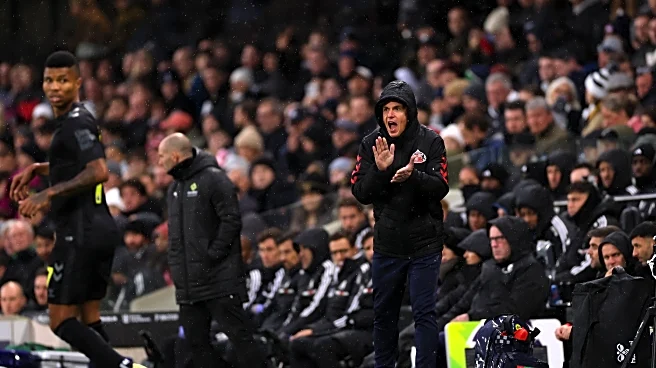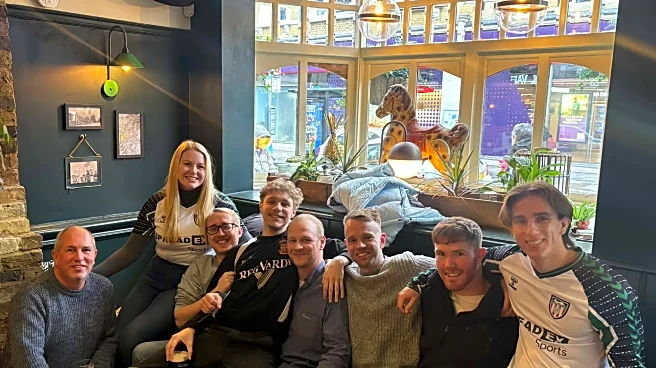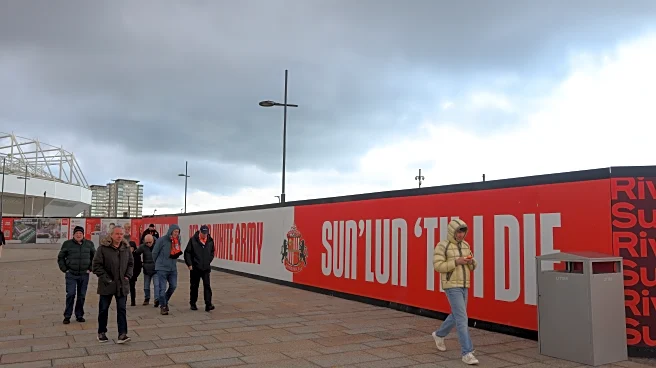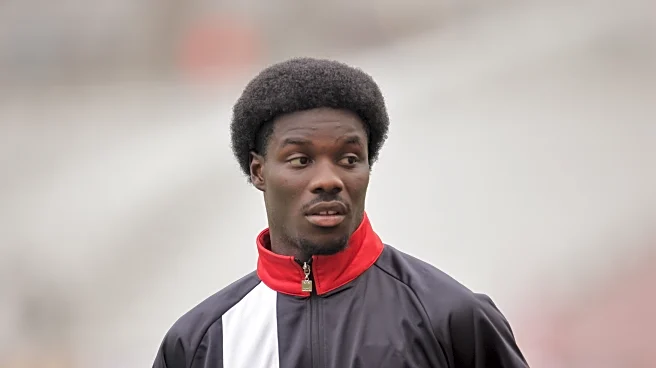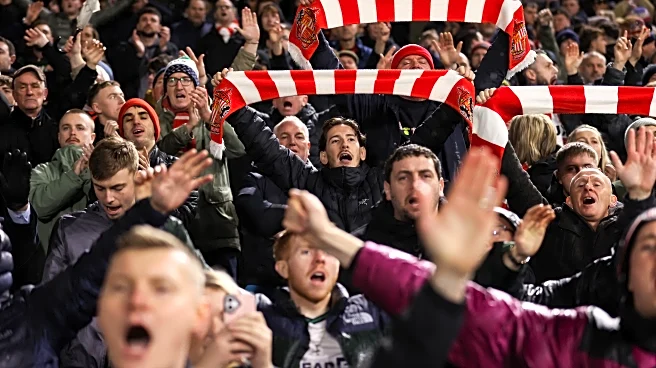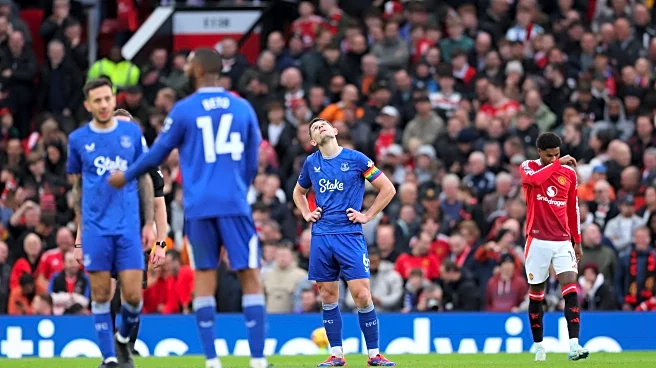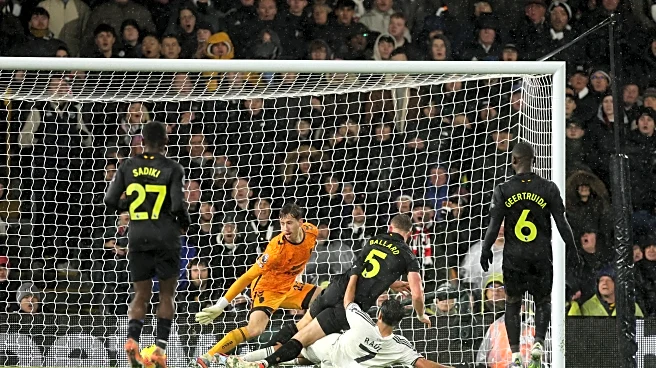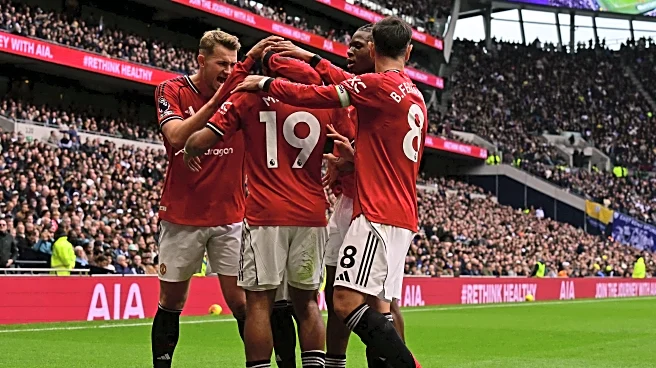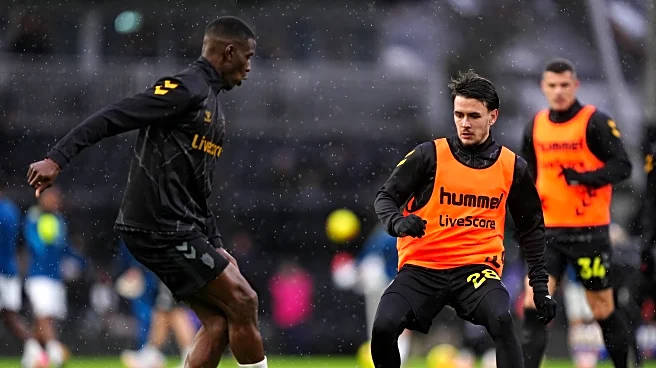With a return to the domestic Calendar feeling like a lifetime away, Sunderland once again returned to the capital to resume their Premier League campaign with a trip to Craven Cottage to take on Marco
Silva’s Fulham side. Unlike their two previous trips down to London this season, Fulham remained a side in recent memory, having forced an FA Cup replay back in 22/23 during their first season back in the Championship.
With conditions suited more to the Scottish Border than the Nation’s capital, Regis Le Bris was left feeling under the weather as his side whimpered to a 1-0 defeat in the rain. So how did Le Bris get things wrong, and what can we learn ahead of next week?
Sunderland Lineup
In what felt like a fever dream, Regis Le Bris named an unchanged XI for the fourth consecutive game, which is something we hadn’t seen since this time last year in the Championship. With regular like-for-like swaps often a feature of Le Bris’ system this season, it almost feels strange to see the same system deployed week on week.
Setting up within their fluid 3-4-3/5-2-3 system, Le Bris opted to retain his back five, which had served him so well before the international break. Despite both being one match away from suspension, the midfield duo of Noah Sadiki & Granit Xhaka anchored the midfield whilst Wilson Isidor continued to lead the line away from home.

From a shape perspective, Sunderland opted for a more traditional 5-3-2 in this game as Trai Hume remained much more consistently positioned on the right side of the defence and didn’t look to invert or step into midfield with as much intent as he had done in previous weeks, meaning we were often left outnumbered in the middle of the pitch to pounce on second balls.
Opposition Lineup
Fulham have been suffering somewhat of an injury crisis themselves recently, with injuries or suspensions to regular starters; therefore, Marco Silva was forced into a change of his own. After passing a late fitness test, Raul Jiménez was deemed fit to lead the line, and due to suspension, Sasa Lukíc made way for teenager Joshua King in midfield.

Silva sets Fulham up in a typical 4-2-3-1 system, which leans heavily into consistent wing-play and above-average possession to control the game at a slower tempo; therefore, on paper, opting for a back five allowed Sunderland to soak up and absorb pressure in their usual compact style.
With a clear emphasis on utilising two aerially dominant central midfielders, Silva prefers a more rigid system of essentially six active defenders & four attacking options with a much greater responsibility on the attacking line to link up together & create opportunities through individual match-ups.
Back Four or Five?
Firstly, let’s address the elephant in the room surrounding the team selection, given this was one of the hot topics as the teams were announced at 1:45pm on Saturday. Lots of the online discourse suggested that a back five was the wrong call from Le Bris prior to a ball being kicked; however, was there some merit in his selection or simply a bad call from the manager?
With the adage of hindsight, of course, this could be labelled as a mistake by Le Bris; however, there does remain a valid line of thinking with his team selection choice, despite many fans wishing otherwise. As noted above, Fulham are a side who play predictably in their build-up, and attacking play is very disciplined, averaging the 8th most possession in the league this season at 51%.
Pair that with their strong home form and desire to play primarily down the wings before flashing crosses into the box (a defensive allowance that Le Bris has leaned heavily into), then it makes sense to retain three central defenders to deal with the incoming crosses & a compact shape to prevent shots from distance. With the looming double away trips to Anfield & the Etihad also on the horizon, a familiarity with the system does make logical sense to retain the system.

That being said, however, Sunderland’s inability to build sustained spells of pressure of utilise the foundations of what got them to this position, Le Bris’ triangle philosophy has been abandoned at the expense of aiming to retain defensive solidity when on the road. Without the ability of the fullbacks to overlap, Enzo Le Fée is forced to remain on the touchline, as was Traoré, preventing our midfielders from forming their usual patterns of play to sustain possession.

Whilst I do agree that utilising our strongest approach to eke out points away on the road remains the best chance of survival as a newly promoted side, a return to a usual back four is required and hopefully will become more tenable with the return of Romaine Mundle & Habib Diarra from injury.
Conditions Causing Chaos
Whilst the same can be said for both sides & therefore it doesn’t remain an excuse, the heavy rainfall & strong winds blowing along the Thames on Saturday really hampered the ability of either side to play football with much conviction throughout. Only 711 passes were completed by both teams combined in this one, with Sunderland & Fulham having 80% & 85% accuracy respectively. To add some additional context, both sides attempted 20% more long balls than average, and both sides were half as accurate as usual when it came to completing these.
With the ball struggling to carry on the pitch, passes were switched to become aerial, which favoured the Fulham forwards more than Sunderland’s. Bertrand Traoré was able to climb above Sessegnon down the flank; however, Wilson Isidor wasn’t gaining any change from Calvin Bassey in aerial duels. With the game becoming more vertically direct, both sides tried to utilise set-pieces to their advantage with eleven corners in total; however, whilst both sides looked very comfortable defending them, neither was able to fashion meaningful chances when attacking them.

Unlike games against Chelsea & Crystal Palace, where Sunderland were able to sit in compact shape before springing several quick interchanges together, the conditions prevented the combination play in transition and removed any real attacking impetuous from Sunderland on the counter. It says a lot when the two best opportunities of the game for either side came from moves that involved fewer than four completed passes, of which one was a pass 20 yards or more, not one for the ages.
Fulham’s Midfield Overload
Whilst it was mentioned above that Sunderland lost the midfield battle, it’s probably worth shedding a little light on how the lads did and why Hume wasn’t able to set up in midfield more often. Fulham’s record summer signing, Kevin, arrived from Shakhtar Donetsk in the summer with a reputation for his dynamic ability as an inverted winger and, in doing so, freed up the resurgence of Ryan Sessegnon behind him at left back.
With Sessegnon overlapping, Kevin undercutting, and Alex Iwobi playing in a slightly deeper central role, Fulham were able to pin both Hume & Mukiele back whilst isolating Traoré out wide against much faster attackers. Given the additional threat, Hume was unable to push into midfield to support the attack and often left huge gaps between the two lines of play.

Whilst in theory this seems like a fairly mundane or solvable issue, the vertical and horizontal spacing covered by this Fulham Trio allowed Harry Wilson & Sander Berge to mark man for man against our midfield duo and essentially drastically increase the likelihood of winning the second contact following a direct lofted ball into midfield. Whilst normally so active in the centre of the park, Sadiki & Xhaka only attempted six duels between them (Xhaka with 2/2 & Sadiki 1/4), and it really shows they weren’t able to compete for the second balls all afternoon.
Bad Day at the Cottage
Sunderland looked like they may scrape a point & return to the North as the game began to wind down, however, following a soft freekick and a lapse in concentration from firstly Hume, followed by Roefs & Ballard, Raul Giménez was able to bundle home in the 87th minute and put a real dampener on the day. Whilst a draw might’ve felt like somewhat of a steal given the conditions paired with the performance, a loss was ultimately what we deserved and can take this one on the chin.

Sunderland, very much like Fulham, have collected the bulk of their points at home this season; therefore, any eventual away defeats have to be viewed from a contextual lens. As a newly promoted club, the aim should always be to target home games and utilise away fixtures to try & gain a point on the road. Whilst this is one that Le Bris may have got wrong, it’s only the second time in twelve games he’s done so in the hardest league in the world.
Up Next
With a home game against Bournemouth up next, Sunderland will look to react well following the disappointment of the weekend. Le Bris has always been able to bounce back from defeat whilst at the helm, and therefore there’s no doubt in my mind he’ll be working overtime this week to prevent a repeat of his last outing.

With Le Bris’ former wonderkid Junior Kroupi likely to start, paired with the trio of Bafodé Diakité, Amine Adli & Djordje Petrovic of whom were all heavily linked with the club in the summer before opting for the opposition there’ll be a few interesting storylines in this one, but one things for sure Le Bris will have reflected on his bad outing and be desperate to put things right.
